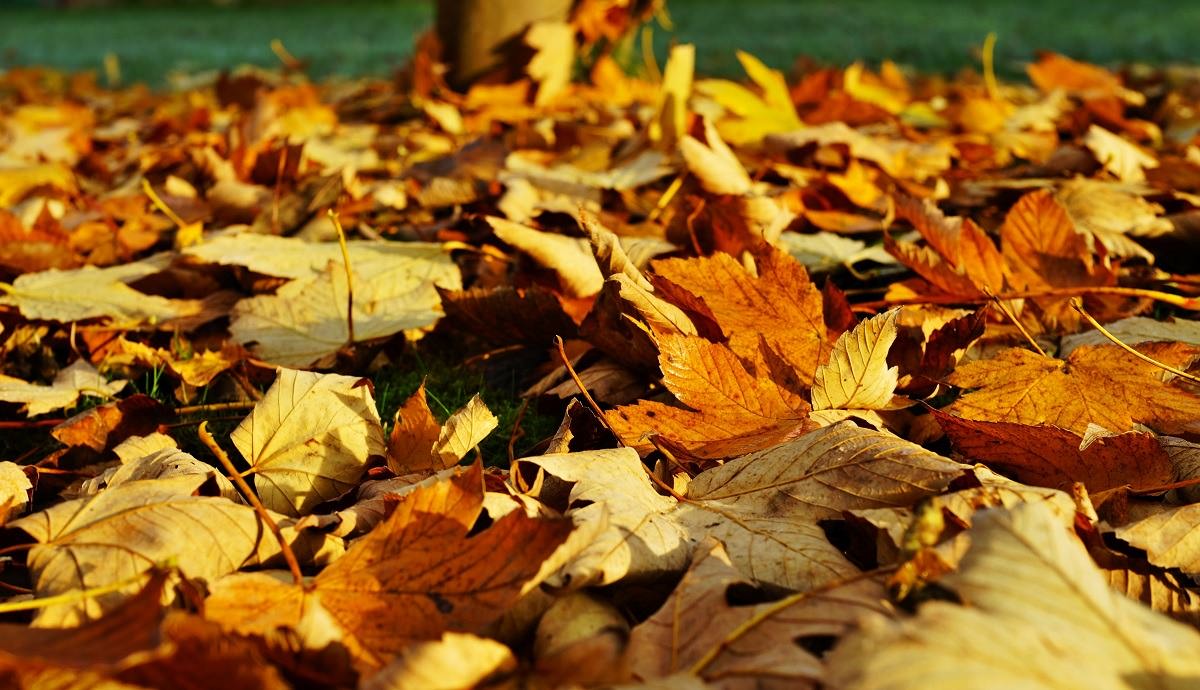From green to rich reds to golden yellow, the gradual poetic-like fall of leaves to the ground and calming rustling sound can be a welcome change in the garden during autumn.
It’s that time of year again – the nights are longer, the days shorter and getting out of bed is becoming more difficult. Autumn is here.
“But before we start looking forward to the start of spring by hunkering down under a duvet with a hot water bottle, we could celebrate nature’s bounty,” says Karen Heron, founder Earth Probiotic.
Autumn is a bountiful time – the crops are in, the naartjies are ripening and the pumpkins large, but another bounty awaits smart gardeners: leaves.
Over the winter, autumn leaves that cover gardens and verges become a nutrient source that will assist spring growth. Full of minerals, the leaves are broken down by macro and micro-organisms while importantly providing the matrix for fungi growth.
We know this as leaf mould, a wonderful crumbly dark substance which can be used as mulch, lawn dressing and a fantastic soil amendment. Good leaf mould can hold up to 500 per cent of its own weight in water – a wonderful benefit in the dry Highveld winter.
Two ways to make leaf mould mulch
This magical substance is easy to make. The first method is to simply bag it, water it and then poke some holes in the bag and store it for spring.
The other method is to rake it into your beds. And let nature do what it does best – let the fungi, bacteria and other wonderful little worms, sow bugs and other critters start doing their shredding and decomposing work.
What’s the difference between compost and leaf mould?
Making compost is a hot process: one piles the organic material and then periodically turns it in order to generate heat by adding oxygen. Compost utilizes bacteria to do the work. Making leaf mould is a cold process and relies on fungi for decomposition.
Compost is fast. Leaf mould is slow. But there are advantages to slow. Hot composting tends to use up energy while a cold process retains more energy.
However, both are wonderful substances. Both are good for your soil. And both avoid the need to send valuable nutrients to landfill.
Soil needs to be nurtured. And the best way to nurture your soil is to not dig it up but to follow nature’s lessons: mulch, compost and leave the organic matter where it falls.
So, this autumn, take advantage of the bounty of fallen leaves. Rake it up. Add it to your beds, bag it and, above all else, don’t throw their goodness away.
Main Image: Boundless


